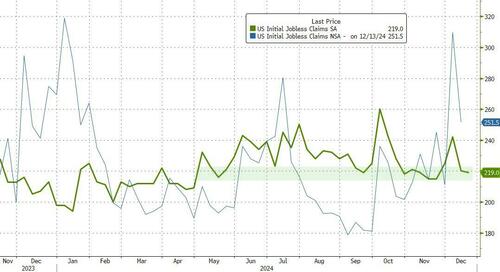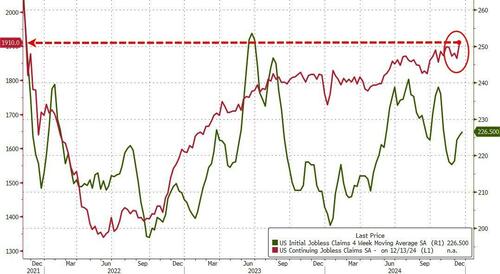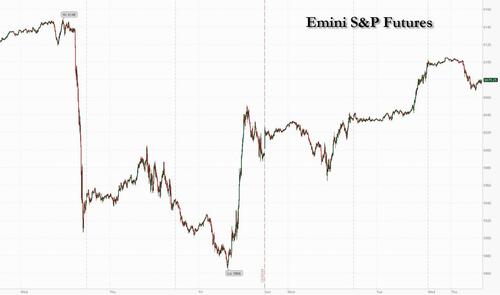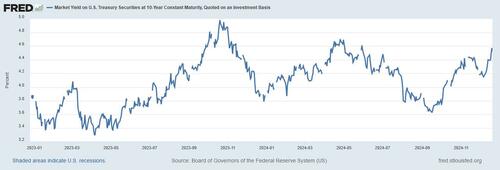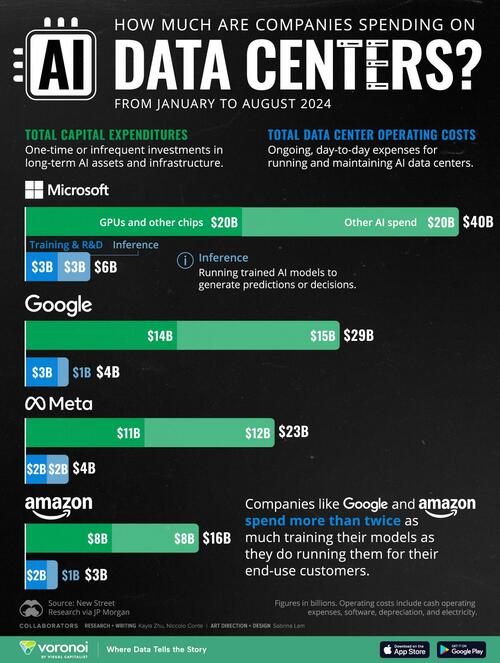Via Off-Guardian,
Welcome to our third Christmas edition of This Week, where we pull out just the most seasonal, tinseliest headlines we can find, take a step back, and laugh at just what a clown world we’re all suddenly living in.

1. Wood Burning Stoves Cause Cancer
Anyone following British news or social media for the last two weeks has probably already seen this story – we mentioned it in our story on the Great Reset:
Terrifying cancer risk of trendy wood burning stoves – as experts warn they are UK’s biggest source of dangerous air pollution
Wood-burning stoves are “more polluting than cars” now, they cause cancer. And birth deformities. And asthma. And make “long covid” worse.
We need rules. And bans. And more rules. And more bans. Yes, OK, we already have regulations on wood burning, but they don’t enforce them enough, and “these people will only stop when they are made to”:
I just can’t believe we’ve lived to see a time where “these people” is being used to venomously describe people who…*checks notes*…burn wood to keep warm.
This is all about clean air, you understand, and not even slightly about the fact wood burning stoves offer energy and fuel independence. That’s just paranoia.
2. …and so do scented candles
Now, maybe you’re thinking, “OK, so maybe my woodburner is illegal now, at least my cinnamon candles make it feel like Christmas”. No such luck, because here comes the Conversation with their mood-killing candle-snuffer:
Scented candles and holiday fragrances may actually harm your home’s air quality
The research is one of those pieces of research which abandons logic in pursuit of some higher truth, and includes this gem of a sentence:
If equal weights of cigarette and incense sticks are burned, the incense sticks produce around four times as much particulate matter as the cigarettes
Wonderful exemplar of the madness of “The Science”, the juxtaposition of technical truth with complete abandonment of reason. Totally disregarding a) that equal weights of incense and cigarettes are not burned, b) the differing nature and composition of their “particulate” or c) the fact people don’t put incense sticks in their mouths.
Anyway, don’t even think about staying warm or smelling nice. You’ll get cancer. And die.
Look out for “improving our air quality” to be a major talking point in 2025. More bans coming.
3. Merry Surveillance and a Happy New World
In the spirit of giving this Holiday Season, the British government has decided to gift us all the long-term comfort of security by promoting their digital ID platform!
From their press release:
Christmas celebrations are set to get a digital upgrade next year, as the UK government plans to roll out a new law allowing pub and bar-goers, as well as shoppers, to use their phones to prove their age when buying alcohol, should they wish to do so. People can continue to use physical forms of ID if they prefer.
See how it’s going to work?
It’s just like the smoking ban, where each year the minimum age to buy cigarettes increases, except in reverse.
If digital ID is the easiest way for young people to prove their age and get drunk, they’ll never need to make it mandatory. Each year the next crop of 18-year-olds will volunteer to be cattle tagged so they can go out drinking with their friends.
Meanwhile, the physical ID that “people can continue to use if they prefer” will be increasingly expensive, subject to longer and longer waiting times to acquire, and probably expire more quickly. Not to mention how bad for the environment the Guardian will tell everyone it is.
4. A Very Climate Christmas
Speaking of the Guardian, did you know “average Briton produces 23 times more CO2 on Christmas Day”?
Of course you didn’t. That’s because the Guardian just paid some people to make it up. Sorry, they “commissioned researchers to write a report” which is totally different.
However it happened, the math exists and is vaguely described. It doesn’t really make any sense if you think about it for five minutes, but we don’t have five minutes. The author quickly rushes us past the numbers and into the opinions.
The Graun has rounded up a few people to talk about how bad Christmas is for the planet. That includes the appropriately named Melanie Nazareth, who warns that people are conditioned into mass consumerism at Christmas time:
“We have been deliberately sold a vision of Christmas that is based on material consumption. We are constantly bombarded by advertising and media that tells us that if we aren’t spending money on things, we are not doing Christmas properly…
Which, to be fair, is a more than reasonable point, if only she didn’t add:
…This is destroying the whole meaning of Christmas as well as destroying the planet.”
I just can’t shake the image of Klaus Schwab, the Ghost of Resets Past, hanging in the air, rattling his chains and wailing “yooouuuu will ooooown nothing and beeee happyyyyy!”
Makes it an uncomfortable read.
BONUS: Scary Turkey Germs
Just when you thought, maybe, you could have a meal or even an entire day without having to be frightened – here comes the Daily Mail to scream:
How your Christmas turkey leaves the kitchen smeared with food poisoning bugs: Grim photos reveal exactly where bacteria spreads – and will make you think twice about scoffing mince pies
The article itself is a joke. They smear blue stuff on someone’s hands, have them use the kitchen, then show the pictures of blue stuff everywhere and say “Imagine this was bacteria! It got everywhere!” like that means something.
* * *
All told a pretty hectic Holiday Season for our New Normal World, and we didn’t even mention the Christmas tree being burned in newly liberated Syria or racist dangers of confederate Christmas decorations.
Merry Christmas Everyone.





